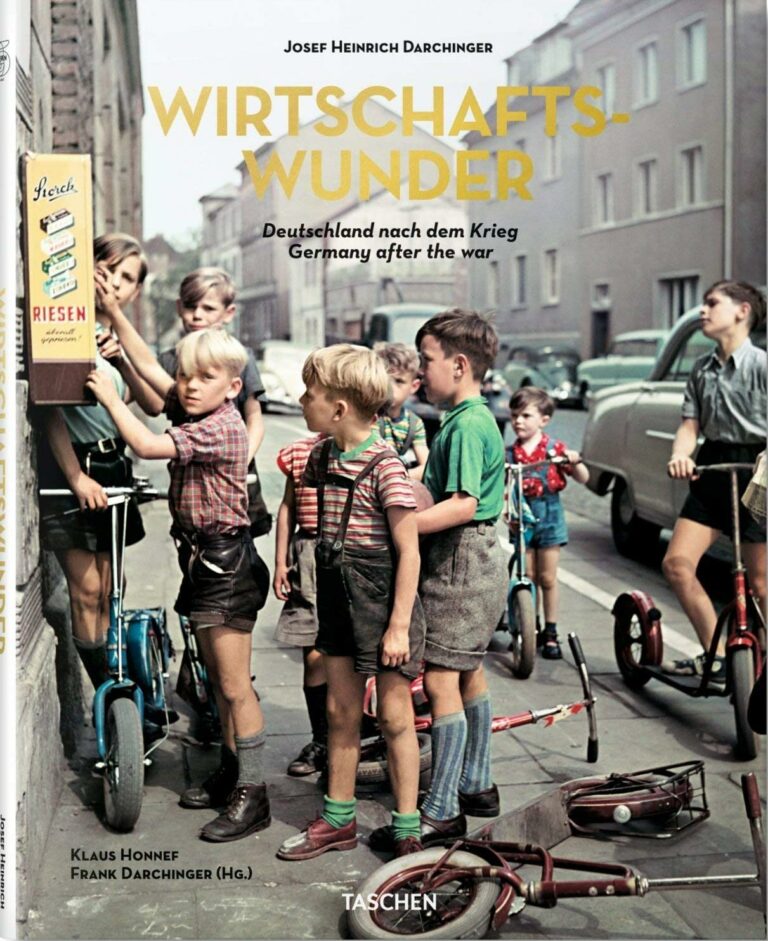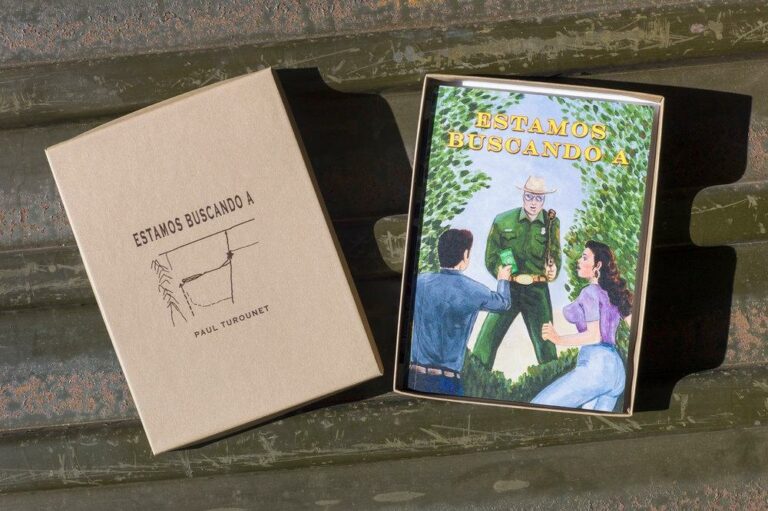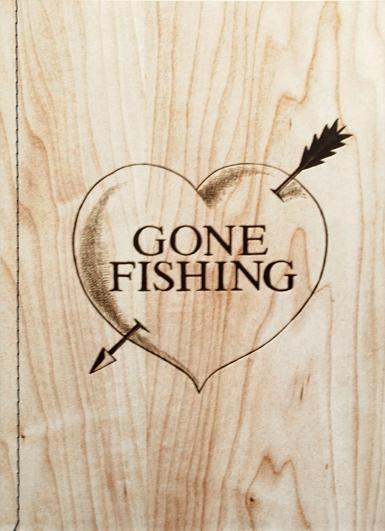Wirtschaftswunder

No more than eight years had passed since the surrender of the Nazi government when Josef Heinrich Darchinger began his photographic journey through the west of a divided Germany. The bombs of World War II had reduced the country’s largest cities to wastelands of rubble. However, the images of him show very little indication of the fall of a civilization. Not because the photographer manipulated reality: he simply recorded what he saw. At the time, a New York travel agency was advertising the last chance to go and visit the bombed-out sites that were still standing. Darchinger’s images, in color and black and white, show a country eager to get back on its feet. The economic boom was so incredible that the whole world spoke of a “miracle.” As opposed,
The photographs portray a country caught between the polar opposites of technological modernity and cultural restoration, between prosperity and hardship, between German comfort and the constant threat of the Cold War. They show the winners and losers of the economic “miracle,” people from all walks of life at home, at work, in their spare time, and as consumers. But they also show a country that in retrospect looks like a movie from the middle of the last century.
Out of stock
Out of stock



